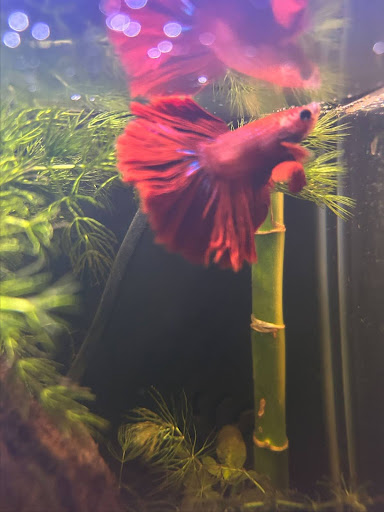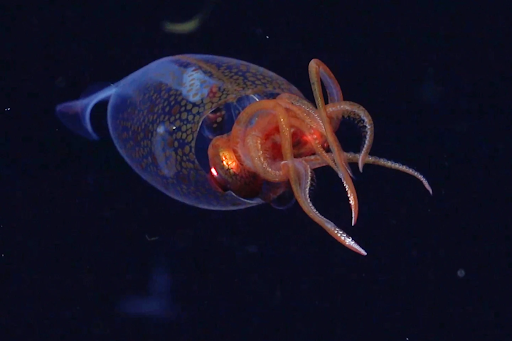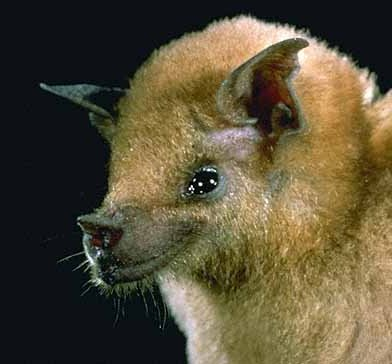Enhancing the welfare of Siamese fighting fish, also known as betta fish, requires a multifaceted approach, with habitat enrichment playing a crucial role. A stimulating environment significantly impacts their physical and mental health, reducing stress and promoting natural behaviors. This introduction will explore the importance of environmental enrichment in improving the lives of these captivating creatures.
A minimum five-gallon tank is recommended for a betta fish, as tank size affects its behavior. However, maintaining pristine water quality, specifically low ammonia levels, is paramount to its health and survival; it’s even more crucial than tank size.
According to ModernAquarium, to naturally maintain the levels of ammonia stored in the tank that can increase or decrease, providing live plants in the tank can benefit the tank in numerous ways. Aquatic plants can balance out the ammonia levels, as well as pH levels, and amounts of oxygen, making plants a natural filtration system for the tank. Aquarium plants, such as lucky bamboo, Amazon swords, types of mosses, java fern, Amazon frogbit, and hornwort also serve as a refuge for betta fish. A-Z Animals states that the inclusion of plants helps in reducing stress and enhancing the fish’s well being, as they offer great hiding places for them to hide in.
Like non-aquatic plants, aquatic plants need natural and fertilizing substrate to plant them into. Telling the difference between toxic and natural, nutrient-providing substrates isn’t a difficult task, although it does take patience into finding the top quality substrates. Substrates made by brands like Imagitarium, offer many choices towards substrates such as specific sand options, colors, textures, and most importantly all of the substrates are natural, nontoxic, and aren’t chemically colored.
As well as plants being served as decor for betta fish, natural hide-outs and decorations can definitely impact the betta’s behaviour in such ways as swimming patterns, discoloration, or differences in fin arrangement. Natural decor and hides include pieces of driftwood, real rocks, or coconut shells.
Even the name, “Siamese fighting fish” elaborates on how the fish can be aggressive towards tank mates. Having little to no tank mates will lower the stress levels in a betta fish, depending on the space of the tank and types of fish. Corydoras, plecos, platys, pineapple swordtails, various tetra species, mollies, mystery snails, ghost shrimp, and guppies are appropriate tank mates for betta fish, if there is enough room and hiding areas.
The key to a thriving betta fish ecosystem is the tank’s heater. The heater perfectly balances the tank’s temperature despite its size. Tank heaters never overheat the tank, neither do they leave it cool. Signs of perfect temperatures in a betta tank can be shown through the fish themselves such as when they show off their fins or appear with vibrant colors. Having the heater on 24/7 will boost the betta’s activity rate and possibly reduce stress levels when adding the fish to the tank, and even help the in-tank plants thrive.
As a result, betta fishs’ lives can be improved in such simple ways by providing an environment that represents their natural habitats.




















